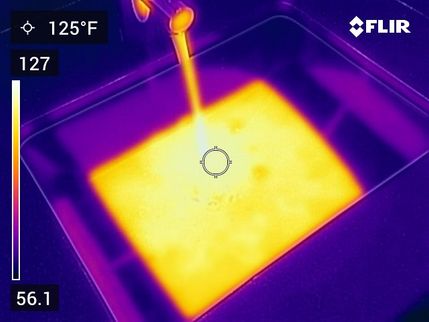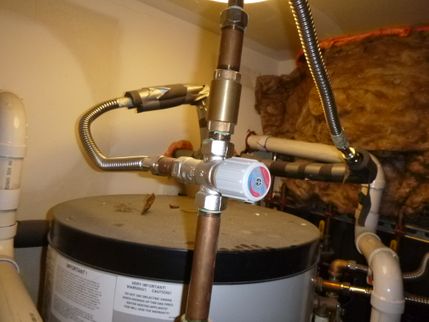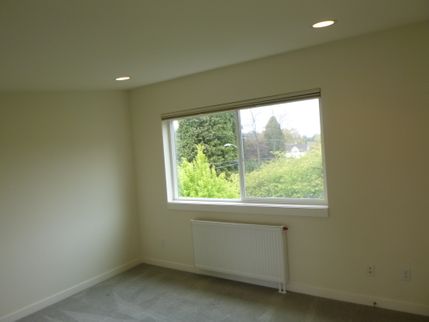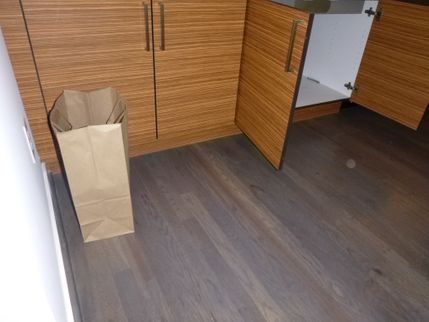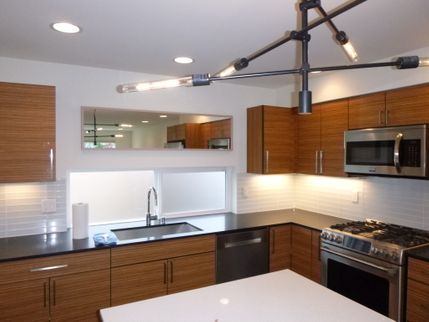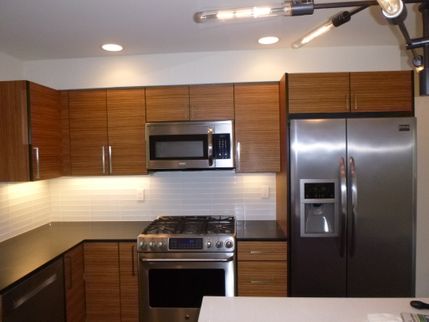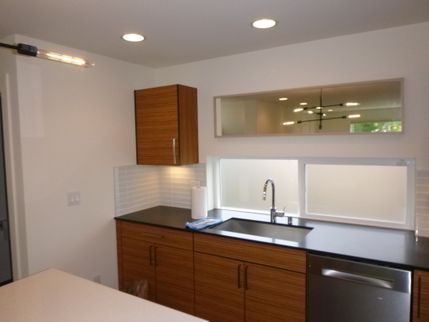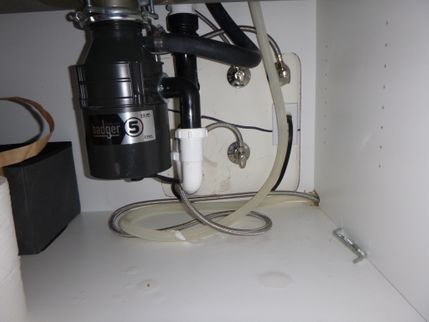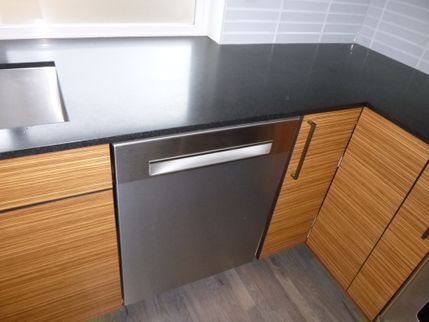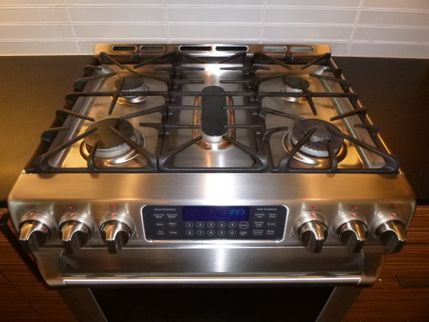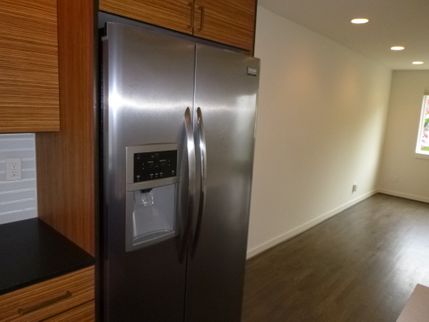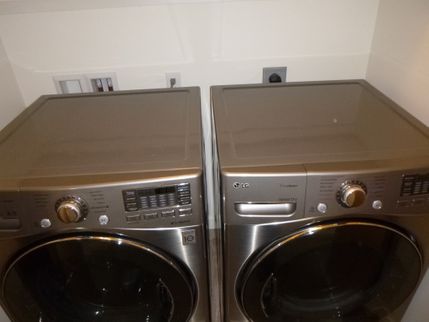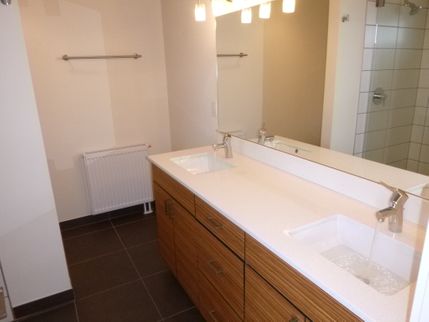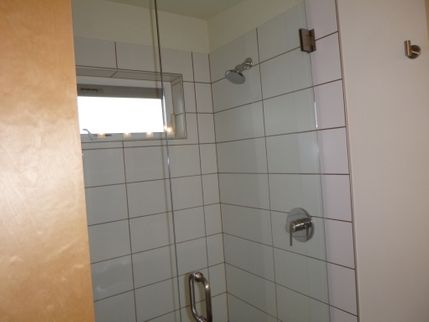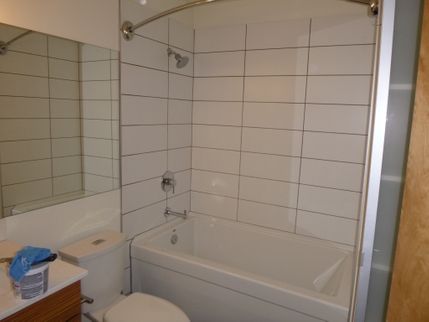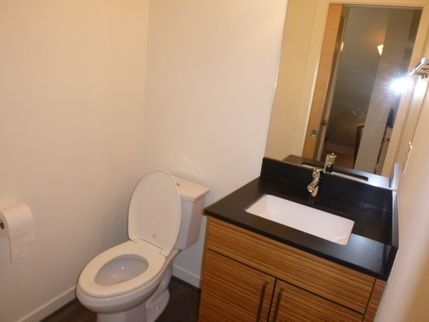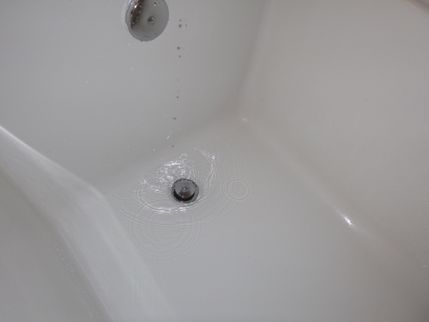The Scope and Purpose of a Home Inspection
Purchasing property involves risk
The purpose of a home inspection is to help reduce the risk associated with the purchase of a structure by providing a professional opinion about the overall condition of the structure. A home inspection is a limited visual inspection and it cannot eliminate this risk. Some homes present more risks than others. We cannot control this, but we try to help educate you about what we don’t know during the inspection process. This is more difficult to convey in a report and one of many reasons why we recommend that you attend the inspection.
A home inspection is not an insurance policy
This report does not substitute for or serve as a warranty or guarantee of any kind. Home warranties can be purchased separately from insuring firms that provide this service.
A home inspection is visual and not destructive
The descriptions and observations in this report are based on a visual inspection of the structure. We inspect the aspects of the structure that can be viewed without dismantling, damaging or disfiguring the structure and without moving furniture and interior furnishings. Areas that are concealed, hidden or inaccessible to view are not covered by this inspection. Some systems cannot be tested during this inspection as testing risks damaging the building. For example, overflow drains on bathtubs are generally not tested because if they were found to be leaking they could damage the finishes below. Our procedures involve non-invasive investigation and non-destructive testing which will limit the scope of the inspection.
This is not an inspection for code compliance
This inspection and report are not intended for city / local code compliance. During the construction process structures are inspected for code compliance by municipal inspectors. Framing is open at this time and conditions can be fully viewed. Framing is not open during inspections of finished homes, and this limits the inspection. All houses fall out of code compliance shortly after they are built, as the codes continually change. National codes are augmented at least every three years for all of the varying disciplines. Municipalities can choose to adopt and phase in sections of the codes on their own timetables. There are generally no requirements to bring older homes into compliance unless substantial renovation is being done.
This is just our opinion
Construction techniques and standards vary. There is no one way to build a house or install a system in a house. The observations in this report are the opinions of the home inspector. Other inspectors and contractors are likely to have some differing opinions. You are welcome to seek opinions from other professionals.
The scope of this inspection
This inspection will include the following systems: exterior, roof, structure, drainage, foundation, attic, interior, plumbing, electrical and heating. The evaluation will be based on limited observations that are primarily visual and non-invasive. This inspection and report are not intended to be technically exhaustive.
Your expectations
The overall goal of a home inspection is to help ensure that your expectations are appropriate with the house you are proposing to buy. To this end we assist with discovery by showing and documenting observations during the home inspection. This should not be mistaken for a technically exhaustive inspection designed to uncover every defect with a building. Such inspections are available but they are generally cost-prohibitive to most homebuyers.
Your participation is requested
Your presence is requested during this inspection. A written report will not substitute for all the possible information that can be conveyed verbally by a shared visual observation of the conditions of the property.
How to Read This Report
Getting the Information to You
This report is designed to deliver important and technical information in a way that is easy for anyone to access and understand. If you are in a hurry, you can take a quick look at our "Summary Page” and quickly get critical information for important decision making. However, we strongly recommend that you take the time to read the full Report, which includes digital photographs, captions, diagrams, descriptions, videos and hot links to additional information.
The best way to get the layers of information that are presented in this report is to read your report online, which will allow you to expand your learning about your house. You will notice some words or series of words highlighted in blue and underlined – clicking on these will provide you with a link to additional information.
This report can also be printed on paper or to a PDF document.
Chapters and Sections
This report is divided into chapters that parcel the home into logical inspection components. Each chapter is broken into sections that relate to a specific system or component of the home. You can navigate between chapters with the click of a button on the left side margin.
Most sections will contain some descriptive information done in black font. Observation narrative, done in colored boxes, will be included if a system or component is found to be significantly deficient in some way or if we wish to provide helpful additional information about the system or the scope of our inspection. If a system or component of the home was deemed to be in satisfactory or serviceable condition, there may be no narrative observation comments in that section and it may simply say “tested,” or “inspected.”
Observation Labels
All narrative observations are colored, numbered and labeled to help you find, refer to, and understand the severity of the observation. Observation colors and labels used in this report are:
- Recommended Repair:Repair and maintenance items noted during inspection. Please note that some repair items can be expensive to correct such as re-finishing hardwood floors, but are considered simply repair items due to their cosmetic nature.
- Recommended Maintenance:These are repair items that should be considered "routine home ownership items," such as servicing the furnace, cleaning the gutters or changing the air filters in the furnace.
- Monitor:Items that should be watched to see if correction may be needed in the future.
- Note:Refers to aside information and /or any comments elaborating on descriptions of systems in the home or limitations to the home inspection.
- Description:Detailed description of various aspects of the property noted during the inspection.
Summary Page
The Summary Page is designed as a bulleted overview of all the observations noted during inspection. This helpful overview is not a substitution for reading the entire inspection report. The entire report must be read to get a complete understanding of this inspection report as the Summary Page does not include photographs or photo captions.
Summary
Recommended Repairs
- G4-3 Garage:
The overhead garage door opener does not reverse under resistance to closing and is binding when opening and closing. Adjustment of the sensitivity is recommended for improved safety and complete any other repairs/adjustments as found to be required.
- P2-3 Plumbing:
Testing of the plumbing system today, the water tested as too hot - 127 degrees F. This is a scald hazard. To prevent scalding, standards recommend indoor hot water temperatures do not exceed 120 degrees.
Recommended Maintenance Items
- RCG-2 Roof, Chimney and Gutters:
The gutters are clogged with organic debris and require cleaning to ensure proper control of roof runoff. Clean the gutters and ensure they are unobstructed, leak free and properly sloped to drain. This is routine house maintenance; I would expect the need to clean gutters and downspouts regularly.
- ESDW-2 Exterior Siding, Doors and Windows:
Localized caulking and painting repairs are needed to the exterior of the house. This is common recommended maintenance between complete exterior paint jobs to ensure that the more exposed areas continue to preform reliably. Implement painting and/or caulking repairs as recommended by a qualified contractor. Examples of specific observations noted during inspection include: Pipe and wiring penetrations, vent hoods and South side of building.
- HCFV1-1 Heating, Cooling, Fireplaces and Ventilation:
Annual servicing is recommended for safe and reliable performance from this hot water heating system. The heating system was tested during inspection and was operational. Hire a licensed heating contractor to service and further evaluate the heating system if not serviced in the last year.
- B6-2 Bathrooms:
The main bath bathtub drain is slow and may be obstructed, complete any necessary repairs and ensure proper drainage.
Monitors
- RCG-1 Roof, Chimney and Gutters:
Please note that the roof was not visible or accessible. The roof is too tall to walk safely and the height and lot configuration inhibited my ability to inspect the roof with binoculars. The roof systems are excluded from this report.
- ES1-1 Electric Service:
No permit stickers or paper work related to electrical work were found on the electric panel. Inquire with the seller for any additional documentation/information about this installation.
- I-2 Interior:
Minor settlement was noted in the floor frame system at the South floor cantilever. I found no wall cracks that would indicate recent movement. I recommend monitoring this area.
Notes
- GC-1 General Comments:
This house was vacant / unoccupied at the time of inspection. Vacant and unoccupied houses present unique challenges for home inspection, especially the piping and wiring systems which have not be subject to regular use prior to the inspection. While these systems can be tested during inspection, this one-time test is different than regular use and it is difficult to know how these systems will respond to regular use after the inspection. For example, septic systems may initially function and then fail under regular daily use. Plumbing traps may operate with no signs of leaks and then let go when being actively used for a few days. Shower pans may only leak when someone is standing in the shower and taking a shower. Seals for plumbing fixtures can dry up and leak when not is use. Sewer lines with roots may allow water flow, but then fail when waste and tissue are flushed; it can take a few days for that to backup. Please understand we are trying our best to look for clues of past or existing problems to paint a realistic best-guess as to the reliability of these systems during inspection.
- GC-2 General Comments:
The report has been procured by the seller and is provided for informational and disclosure purposes only. It is not intended to constituent a warranty, either expressed or implied about the condition of the property.
- A-1 Attic:
Note that this house has a low slope roof ceiling configuration - there is no attic space and no access to inspect roof framing, thermal barriers or exhaust fan ductwork in the home. inaccessible areas are excluded from this report.
📃 The Complete Inspection Report
General Comments
Building Characteristics, Conditions and Limitations
Style of Home: Town home
Type of Building : Single Family (3-story)
Approximate Square Footage: 1304
Approximate Year of Original Construction: 2013
Attending the Inspection: Listing Agent
Occupancy: Unoccupied
Animals Present: No
Weather during the inspection: Light Rain
Approximate temperature during the inspection: Below 50[F]
Ground/Soil surface conditions: Wet
For the Purposes of This Report, the Front Door Faces: North
This house was vacant / unoccupied at the time of inspection. Vacant and unoccupied houses present unique challenges for home inspection, especially the piping and wiring systems which have not be subject to regular use prior to the inspection. While these systems can be tested during inspection, this one-time test is different than regular use and it is difficult to know how these systems will respond to regular use after the inspection. For example, septic systems may initially function and then fail under regular daily use. Plumbing traps may operate with no signs of leaks and then let go when being actively used for a few days. Shower pans may only leak when someone is standing in the shower and taking a shower. Seals for plumbing fixtures can dry up and leak when not is use. Sewer lines with roots may allow water flow, but then fail when waste and tissue are flushed; it can take a few days for that to backup. Please understand we are trying our best to look for clues of past or existing problems to paint a realistic best-guess as to the reliability of these systems during inspection.
The report has been procured by the seller and is provided for informational and disclosure purposes only. It is not intended to constituent a warranty, either expressed or implied about the condition of the property.
Grounds
Drainage and Site
Clearance to Grade: Standard
Downspout Discharge: Below grade
Site Description: Flat, Moderate slope
Driveways/Walkways/Flatwork
Driveway: Concrete
Walkways: Concrete
Patios: Concrete
Grounds, Trees and Vegetation
Trees/Vegetation too near building: No
Retaining Walls
Retaining Wall Material: Stone
Exterior Stairs
Exterior Stairs: Standard
Fences
Exterior Fencing: Present
The property has a fencing system in place. Inspection and evaluation of fencing is beyond the scope of a home inspection. If the fencing system is important for your use of this property, I recommended a self-examination to see how it will meet your needs. I may make cursory comments about fencing as a courtesy.
Roof, Chimney and Gutters
Roof Materials
Method of Roof Inspection: Could not view - too tall and steep
Roof Style: Low slope
Flashings: Unknown
Roof Covering Materials: Single-Ply membrane
Approximate Age of Roof Covering: 6-8 Years
Overlay Roof: N/A
Please note that the roof was not visible or accessible. The roof is too tall to walk safely and the height and lot configuration inhibited my ability to inspect the roof with binoculars. The roof systems are excluded from this report.
Gutters and Downspouts
Gutter and Downspout Materials: Metal
The gutters are clogged with organic debris and require cleaning to ensure proper control of roof runoff. Clean the gutters and ensure they are unobstructed, leak free and properly sloped to drain. This is routine house maintenance; I would expect the need to clean gutters and downspouts regularly.
Exterior Siding, Doors and Windows
Siding and Trim
Trim Material: Wood
Siding Material: Fiber-cement
Manufacturers of fiber cement siding have made it difficult to distinguish their products after installation;. This report will site James Hardie manufacturers installation requirements for reference because they are the most common manufacturer of fiber cement siding and the various manufactures seem to share similar installation guidelines. Here is a link to the HZ-10 Best Practices Guide. However, reference of these guidelines in this report does not ensure that the fiber cement siding here is a James Hardie product.
Localized caulking and painting repairs are needed to the exterior of the house. This is common recommended maintenance between complete exterior paint jobs to ensure that the more exposed areas continue to preform reliably. Implement painting and/or caulking repairs as recommended by a qualified contractor. Examples of specific observations noted during inspection include: Pipe and wiring penetrations, vent hoods and South side of building.
Exterior Vent and Exhaust Terminations
Present
Eaves
None
Exterior Doors
Glass panel doors, Sliding glass
Exterior Window Frames
Vinyl
Decks, Porches and Balconies
Concrete Decks, Stoops, Landings and Porches
Concrete Structure: Noted at the entry
Water-Resistant Decks and Balconies
Water Proof Surfaces: Present, Elastomeric - painted-on style
Water-proof deck surfaces here are water-proofed using an elastomeric deck coating. This product may need to be re-surfaced as often as every 5 years, depending on the amount of exposure, physical ware and the quality of the installation. I would budget to update this water proof coating at least during exterior re-paints if not sooner as needed.
Fuel Storage and Distribution
Garage
Garage Doors and Automatic Openers
Overhead Garage Door Type: Metal
Automatic Garage Opener: Present
Garage Occupant Door: Solid Wood
The overhead garage door opener does not reverse under resistance to closing and is binding when opening and closing. Adjustment of the sensitivity is recommended for improved safety and complete any other repairs/adjustments as found to be required.
Garage Floor
Garage Slab: Concrete
Garage Stairs
Garage Stairs: None noted
Electric Service
Electric Service Permits Found
Electric Service Voltage
Service Voltage: 120/240
Electric Service Equipment
Service Entrance (SE) conductor Size: Aluminum, 1/0, 125 amps
Main Panel Amperage: 125 amps
Electric Service Amperage: 125 amps
Main Electric Panel Location: Garage
Panel Manufacturer: Square D
Sub Panel
Sub Panel: Present
Service Conductor Size: Aluminum, 1/0, 125 amps
Sub Panel Amperage: 125 amps
Sub Panel Location: Garage
Sub Panel Manufacturer: Square D
AFCI (arc fault protection) is now required on all branch circuits supplying outlets or devices installed in residential dwelling unit kitchens, family rooms, dining rooms, living rooms, parlors, libraries, dens, bedrooms, sunrooms, recreation rooms, closets, hallways, laundry areas, and similar rooms and areas. The goal of this protection is to reduce risks of electrical fires.
Electrical Grounding System
Present - Could Not Confirm
During a home or property inspection, every effort is made to inspect the visible components of the electrical system grounding. The grounding system is critical for safely discharging electrical surges, especially in the case of lightning strikes. There is no way in the context of a home inspection to verify the "effectiveness" of the grounding system as much of the system is not visible and there are not practical tests one can perform in the way we can test a furnace or a plumbing fixture. However, there are many things that can lead me to recommend further evaluation of the grounding system by a licensed electrical contractor and they will be documented in the observations below if discovered.
Electric Distribution and Finish Wiring
Branch Wiring
Wire Material: Copper, Multi-strand Copper, Multi-strand Aluminum
Wiring Method: Non-metallic sheathed cable
Receptacles and Fixtures
Inspection Method: Representative Testing
A representative number of receptacles and switches were tested during inspection. Any defects found during inspection are noted in this report. Only visible and accessible receptacles and switches were tested during inspection and personal items and furnishings are not moved to access any receptacles or fixtures.
Electric Receptacles: Three wire receptacles
During inspection I test all Ground Fault Circuit Interrupter (GFCI) devices that are readily accessible. GFCI's are those electric receptacles with re-set buttons that you commonly see in bathrooms, kitchens and at the exterior of the home. GFCI's are important safety devices that limit the duration of electrical shocks and have demonstrably saved lives. I recommend being aware of where re-set buttons are located in the house as GFCI's can trip and disable a circuit which can not be re-energized without re-setting the button. I avoid testing to determine if a receptacle or circuit is GFCI protected if it is not clear where the re-set button can be found. This is because re-set buttons can be concealed behind stored items, so such a test risks disabling a circuit in the home. Occasionally, during testing of GFCI's one can fail. This is a statistical reality that some of these devices will fail under testing and require replacement after testing.
Smoke and Carbon Monoxide Alarm Systems
CO Alarms Noted: Outside all Sleeping Areas
Outside all Sleeping Areas On Main Floor
On Main Floor On 2nd Floor
On 2nd Floor On 3rd Floor
On 3rd Floor
CO Alarms: Present
The installation of carbon monoxide alarms is recommended for all homes that have fuel burning appliances such as gas or oil furnaces, gas water heaters, gas ovens and cook-tops, gas fireplaces and wood stoves. In addition, Washington State law (WAC 51-51-0315) now requires UL 2034 approved carbon monoxide alarms in ALL homes and condominiums being sold in Washington State. The location should be: at least one alarm outside of all sleeping areas and one on each floor of the house. Best practices are to have these alarms hardwired with a battery back-up - though requirements are for the installation to meet manufacturer's specifications. Carbon monoxide is a colorless, odorless gas that can cause sickness, nausea and even death. Alarms have a useful service life of roughly 6 years, so changing them more frequently than smoke alarms is recommended.
Smoke Alarms Noted: On Main Floor
On Main Floor On 2nd Floor
On 2nd Floor On 3rd Floor
On 3rd Floor In All Bedrooms
In All Bedrooms
Smoke Alarms: Present
For reliability, fire marshals recommended updating smoke alarms every 10 years and changing batteries bi-annually. The latest data indicate that we should be using photoelectric technology in our smoke alarms for improved fire detection and to reduce problems with false alarms which can lead to disabling of this important safety system. Unfortunately, the alarms have to be removed to determine if they are photo-electric or ionization types. It is surprisingly complex to accurately test a smoke alarm system and determine the reliability, age, and type of sensor technology used, especially as many homes can have half a dozen or more alarms throughout the house. A complete evaluation of smoke alarms is beyond the scope of this inspection. For optimal fire safety, I recommend taking control of these important safety devices and learning about how to service and maintain your smoke alarm system to keep the building occupants safe. For more information, please read this link. For more information, please read this link.
Heating, Cooling, Fireplaces and Ventilation
Heating System
Energy Source: Natural gas
Heating Method: Water heater hot water system
Manufacturer: Phoenix HTP
Capacity: 99,000 btu's
Age: 2013
Last Service Record: None
Annual servicing is recommended for safe and reliable performance from this hot water heating system. The heating system was tested during inspection and was operational. Hire a licensed heating contractor to service and further evaluate the heating system if not serviced in the last year.
Air Filters
Filtration Systems: Not Applicable
Heating and Cooling Distribution Systems
Heat Source in Each Room: Present
Distribution Method: Radiators
Mechanical Ventilation Systems
Bath Fan Ducting: Ducted to exterior
Kitchen Fan Ducting: Ducted to exterior
Whole House Fans, Ventilation and HRVs: Landry / House Fan Timer
Plumbing
Water Service Supply
Pipe Material: Unknown
Water Supply: Public water
Water Pressure: 60 PSI
Pressure Reducing Valve: None noted
Main Water Shut-off Location: Garage
Distribution Pipe
Pipe Insulation: Present
The visible portions of the supply piping appear to be insulated. However, prior to freezing weather it is always a good idea to check pipes and hose bibs for adequate insulation and freeze protection to protect pipes from cold weather and freezing conditions. Hose bibs can often be winterized prior to cold weather.
Supply Pipe Materials: PEX, Copper
This building has PEX tubing used for supply piping. PEX pipe have very specific installation guidelines and most of these connections will not be visible at the time of inspection (just like any other type of pipe fitting). It is beyond the scope of this inspection to evaluate a significant number of these connections.. Any leaking noted at fittings should result in more careful inspection of all of the plumbing system by a licensed plumber that is experienced in the installation of these types of connections
Functional Flow: Average
Circulation Pump: None Noted
Waste Pipe and Discharge
Water Heater
System Type: Tank
Manufacturer: Phoenix - HTP
Data Plate: See Heating
Size: 55 gal
Age: 2013
Energy Source: Gas
Straps : Present
Pad: None Needed
Drain Pan: Not Needed
Expansion Tank: Present
Temperature Pressure Relief Value: Present - Not Tested
A temperature and pressure relief valve (TPRV) is required on all water heaters to discharge any excessive pressure within the tank. A discharge pipe should be attached to the valve and directed to a safe location away from body contact. Newer installations must be directed to the building exterior or to an approved indoor drain receptor. Most manufacturers suggest that homeowners test these valves at least once a year by lifting the lever to ensure the valve discharges properly and also recommend inspection of these safety devices every three years. The picture here shows a typical TPRV. They may also be found on the side of the heater on some models. I do not test these valves due to the possibility that they may leak after testing. A leaking or inoperative TPRV should be replaced immediately by a licensed plumber.
Due to inconsistencies between both UPC and IPC Plumbing codes, and water heater manufacturer's instructions, and TPRV manufacturer instructions, it is not actually possible to install the drain from the Water Heater TPRV "properly." There are conflicts with distance of termination to the floor/ground, types of pipes approved, and diameters of pipes approved. Additional confusion is added when jurisdictional inspectors approve installations/materials specifically not allowed by both codes and manufacturers. My recommendations will vary depending on the installation and will be included in the applicable narratives below.
Most codes defer to manufacturer instructions and I favor those recommendations. The yellow tag on the valve states clearly the termination should be 6" above the floor which is more consistent with the UPC code requirements.
Water Temperature
Water Temperature Measured During Inspection: 127 Degrees F
Exterior Hose Bibs
Operating
Interior
Floors and Floor Materials
Floor Materials: Wood, Carpet, Tile
Floor Settlement: Minor
Walls, Ceilings, Trim, Hallways and Closets
Wall and Ceiling Materials: Drywall
During this inspection, a thermal imaging camera was used to check walls, ceilings and appliances for thermal anomalies. Thermal imaging cameras use the infrared light spectrum to build a picture based on temperature differentials. Experienced thermogrophers look for clues in these thermal images that could lead us to otherwise-concealed moisture control problems or missing air or thermal barriers. We can also use them for appliance verification. We do not use infrared for electrical inspections. In older homes, incomplete air and thermal barriers are so common, we will only report on items that look significantly deficient and which seem worthy of correction.
This service is included with our home inspection; it is limited and is not a complete thermal mapping of the house. The use of an infrared camera is well beyond the minimum standards for a home inspection. We offer this service because we know it is valuable and can help us help our clients by improving our inspection services.
Please note that this tool has serious limitations when done in conjunction with a home inspection. Environmental conditions present serious limitations to the information that can be gathered during the course of a home inspection. For example, occupant behavior, the time of day, time of year and weather conditions can all impact the usefulness of the data that can be gathered.
Relevant thermal images will be included in this report.
Wall Insulation and Air Bypass
Wall Insulation: Not Visible
Stairs and Railings
Standard
Interior Doors
Interior Doors: Solid and Hollow Core
Windows
Window Glazing: Double pane
Interior Window Frame: Vinyl
Window Styles: Sliding, Casement
Kitchen
Sinks and Faucets
Tested
Cabinets and Countertops
Countertop Material: Stone
Cabinet Material: Wood
Ventilation Method
Fan Ducted to Exterior
Bathrooms
Sinks and Cabinets
Tested
Toilet
Tested
Bathtub / Shower
Tested
Bathroom Ventilation
Type: Bath fan
General Bath Condition
Standard
During inspection today I operated all plumbing fixtures in bathrooms. I ran a moisture meter around toilets to check for concealed leaks and sounded for loose tile and finishes in shower and tub enclosures. I do not test bathtub overflow drains as this risks damaging finishes around the tub. Monitor tubs while filling and avoid pushing water into the overflow. Even well-installed overflow drains can leak as the gaskets that seal the overflow will dry out over time and may no longer provide a watertight seal. Monitor plumbing after moving into a new home as testing during inspection presents less stress on plumbing than daily use. Please note that vacant homes present additional risk as it can be difficult to distinguish how the plumbing system will respond to daily use. Any defects uncovered during inspection are listed in this report.
Attic
Attic Access
No access. Vaulted Ceiling Everywhere
Note that this house has a low slope roof ceiling configuration - there is no attic space and no access to inspect roof framing, thermal barriers or exhaust fan ductwork in the home. inaccessible areas are excluded from this report.
Attic and Roof Cavity Ventilation
Attic Ventilation Method: Soffit vents
Structure and Basement
Foundation
% of Foundation Not Visible: 90%
Evidence of Seismic Protection: Not visible
Building Configuration: Slab on grade (garage slab), Basement
Foundation Description: Poured concrete
Floor, Wall and Ceiling Framing
Wall Framing: Not visible
Wall Sheathing: Not visible
Floor Framing: Not visible
Sub-Floor Material: Not visible
Ceiling Framing: Not visible
Basement
Garage under building
Basement Moisture
None noted
Rodents, Pests and Wood Destroying Organisms
Rodents
None noted
Other Pests
None noted
Wood Destroying Organisms
Visible Evidence of Active Wood Destroying Insects: None noted
Visible Evidence of Inactive Wood Destroying Insects: None noted
Visible Evidence of Damage from Wood Destroying Insects: None noted
Visible Evidence of Active Wood Decay and Fungi: None noted
Visible Evidence of Conditions Conducive to Wood Destroying Organisms: None noted
Checking Out Procedure
Check Out List
Oven: Off
Off
Lights: Off
Off
Heating and Cooling: Restored to Pre-inspection temperatures
Restored to Pre-inspection temperatures
Appliances: Off / finishing cycle
Off / finishing cycle
Receipt -- 📃 The Complete Inspection Report
1234 Main St Somewhere, WA 90000
| INSPECTPRO HOME INSPECTION AGREEMENT | $0.00 |
| $0.00 | |
| PAID |
INSPECTPRO LLC
C/O Jeff Longaker
732 226th St SE
Bothell, WA 98021
425-296-4200
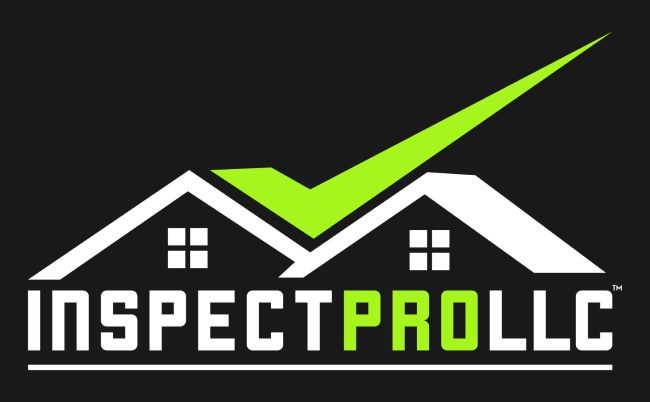
.png)
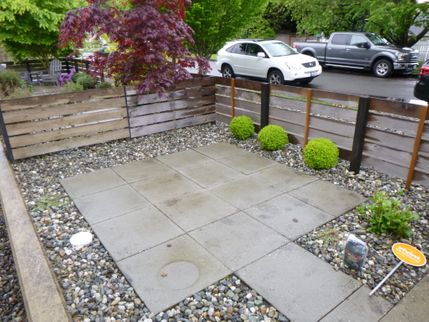
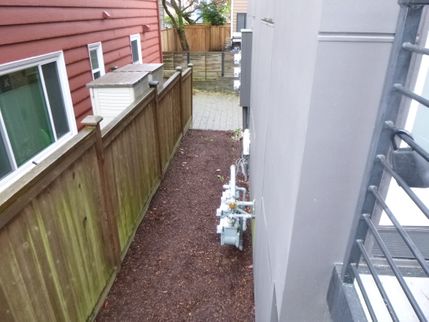
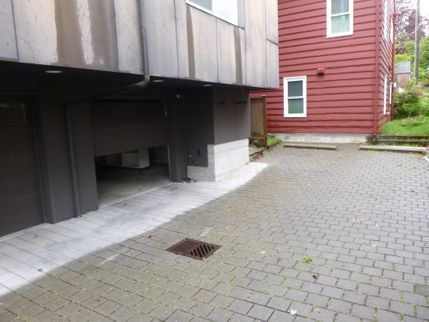
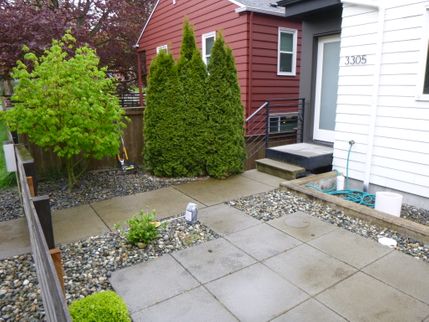
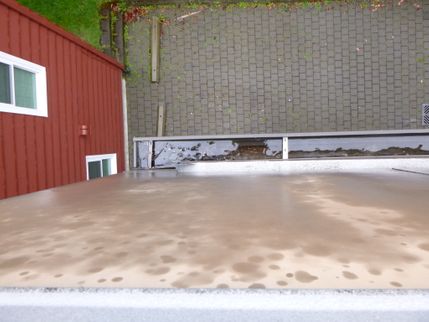
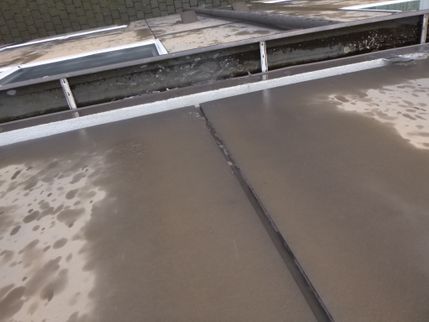
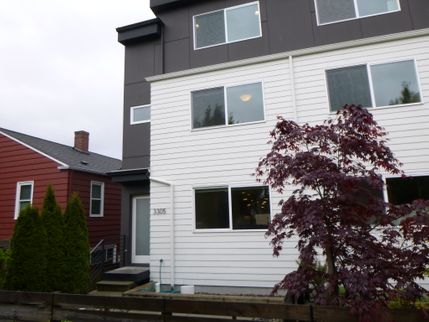
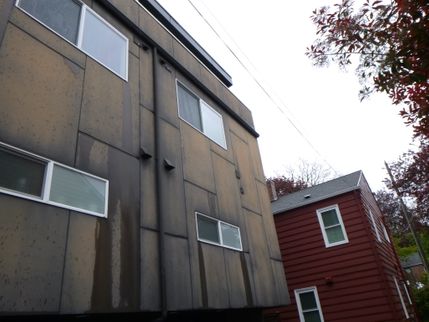
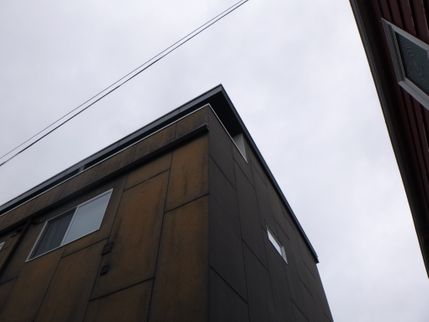
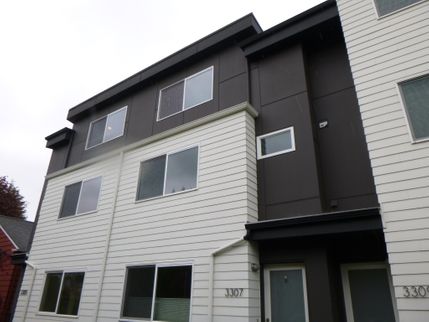
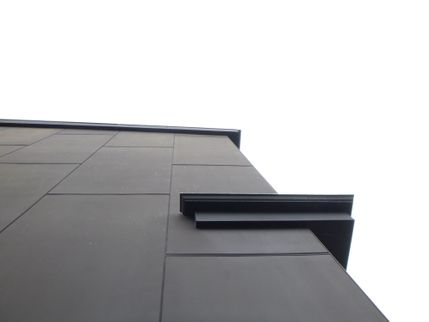
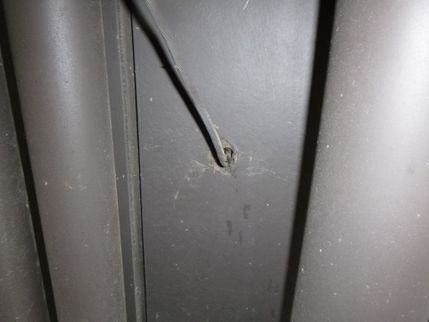
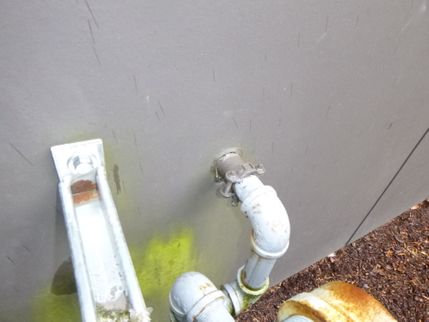
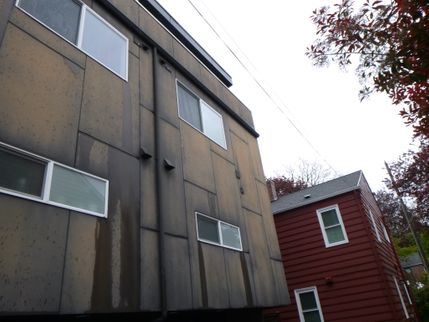
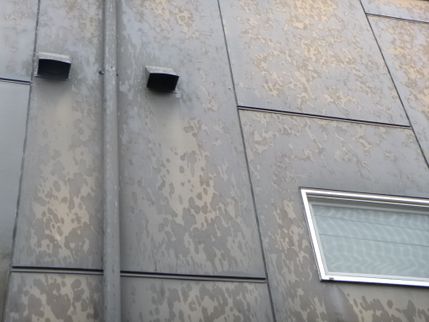
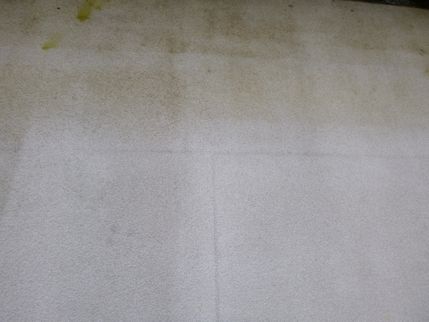
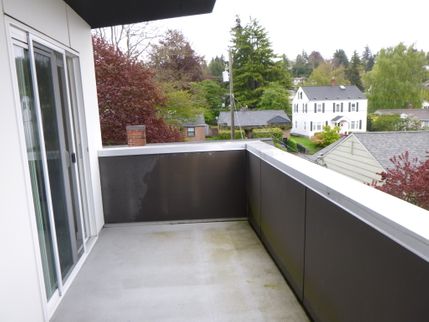
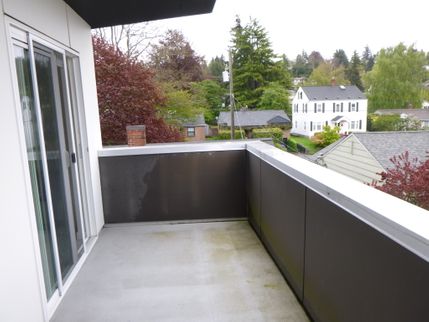
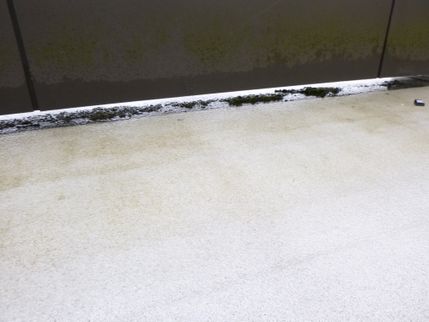
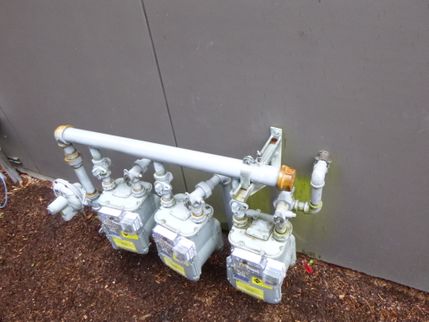
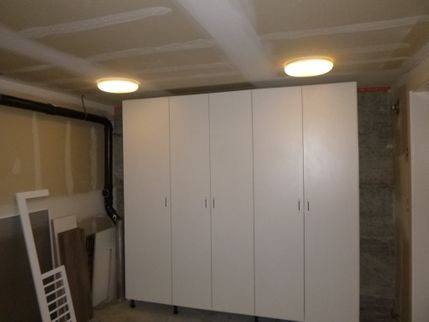
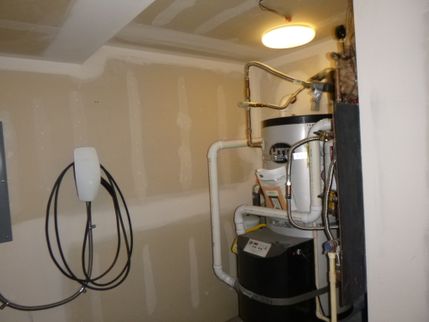
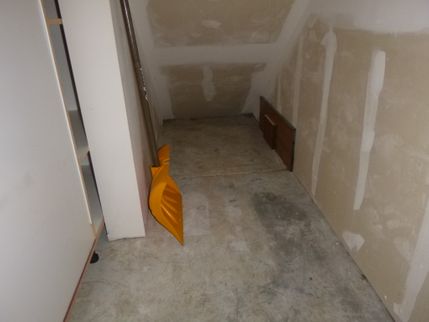
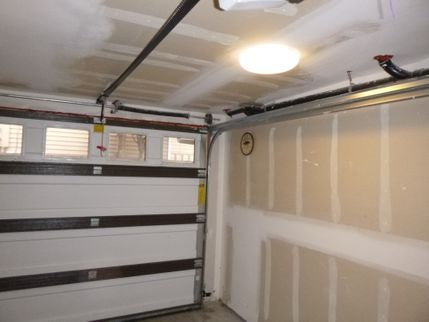
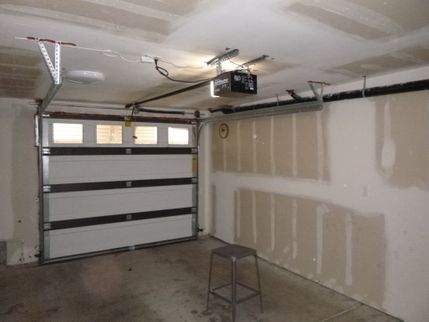
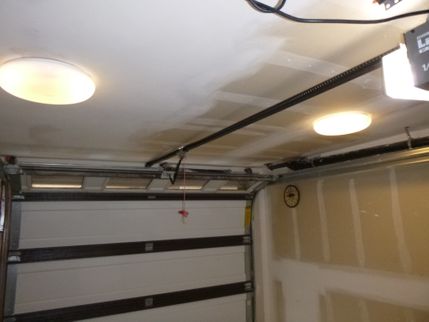
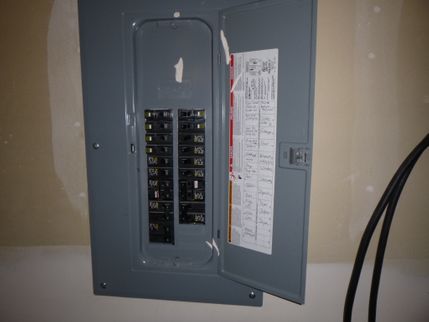
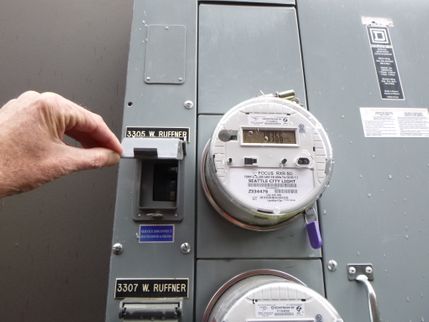
.jpg)
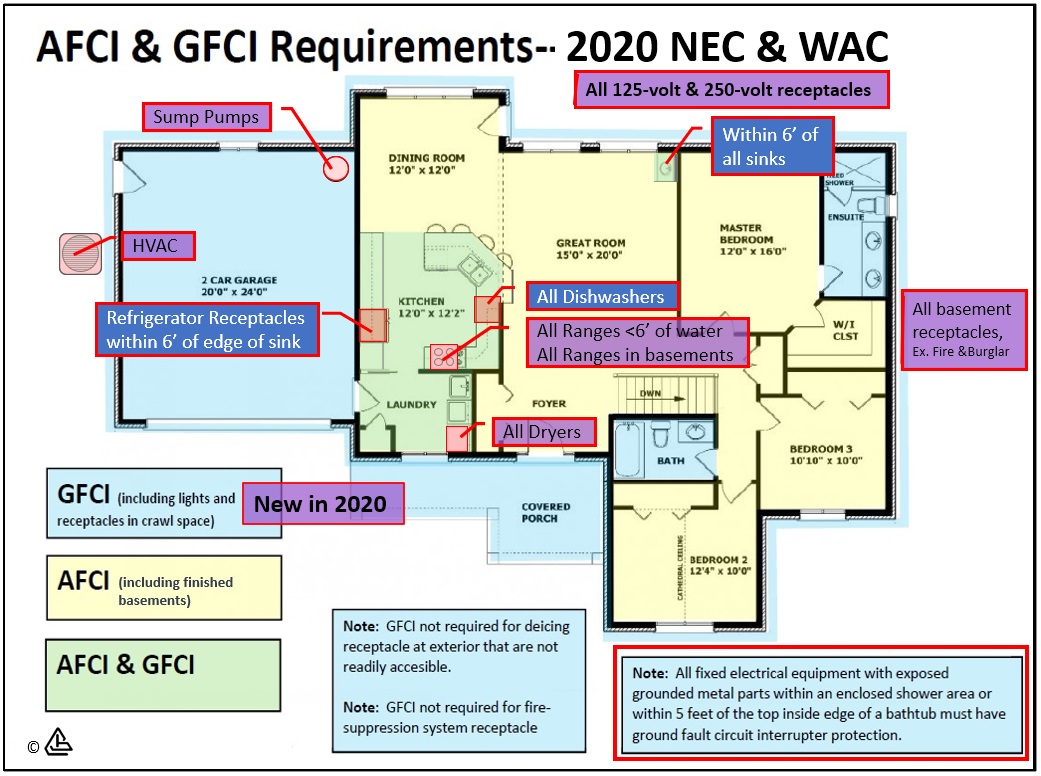
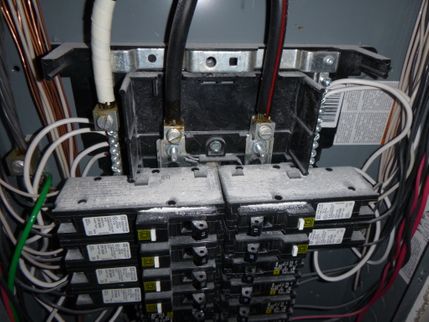
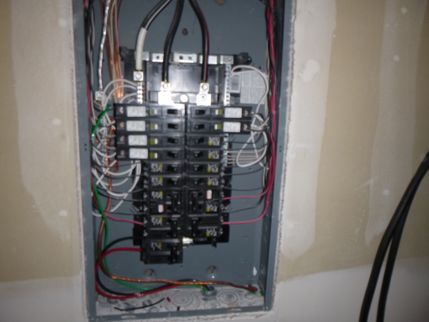
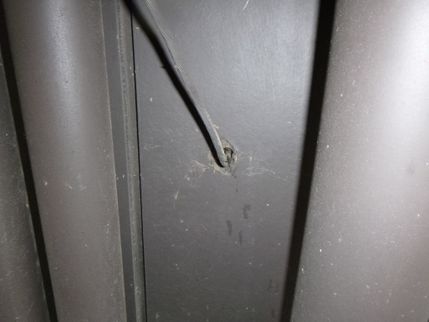
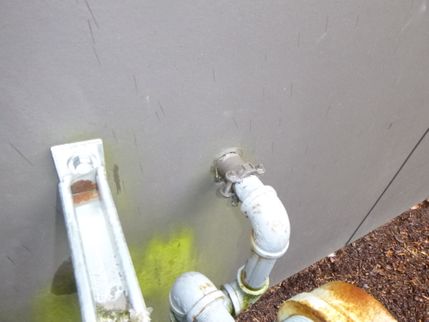
 (1) (1).png)
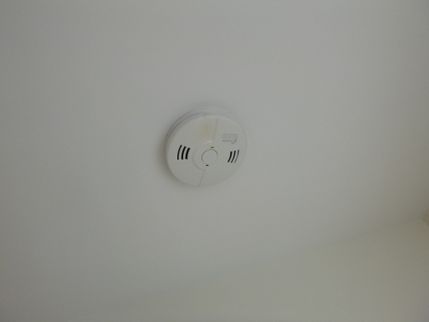
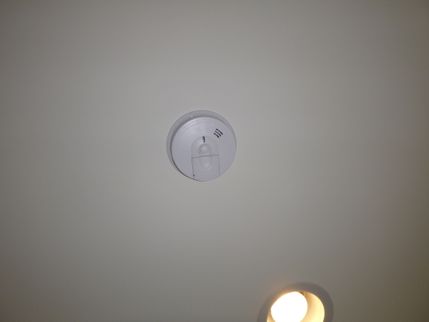
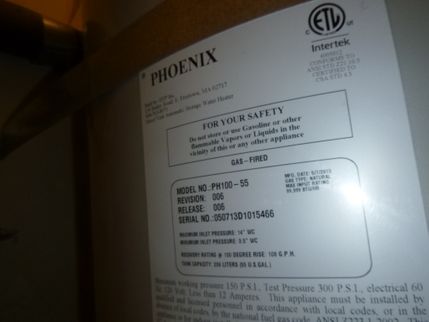
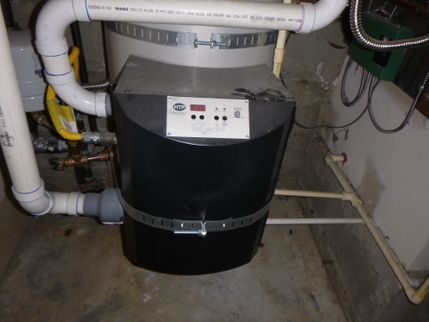
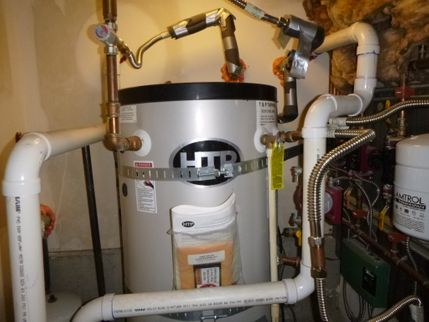
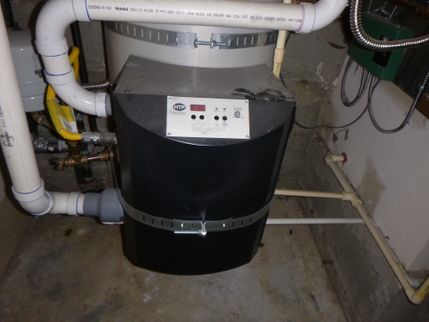
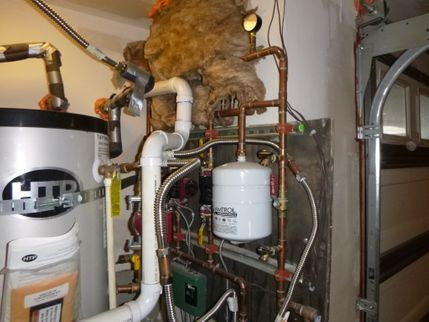
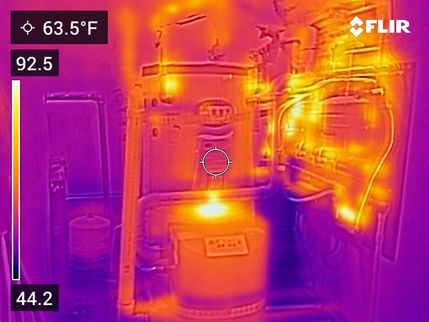

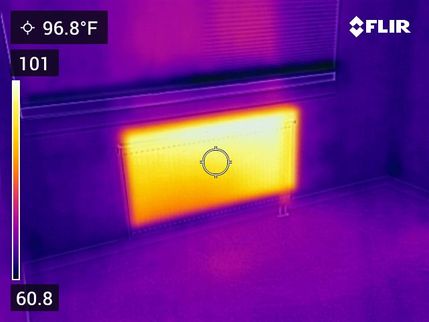
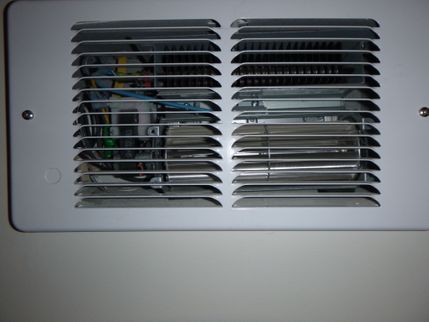
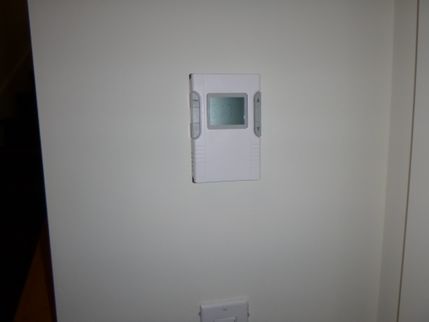

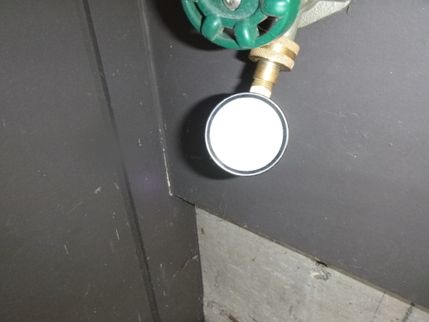
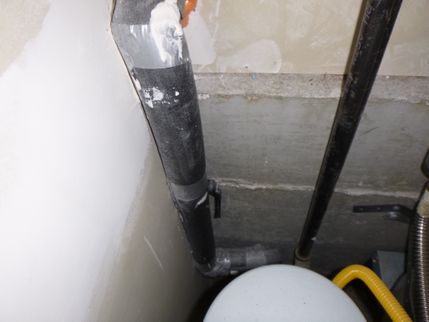
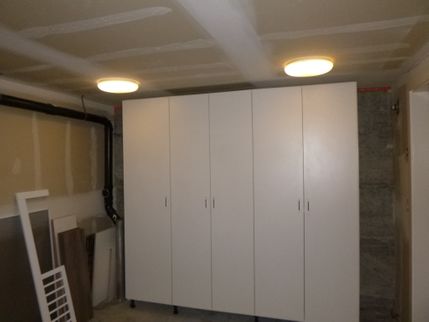
 (1) (1).jpg)
 (1).jpg)
